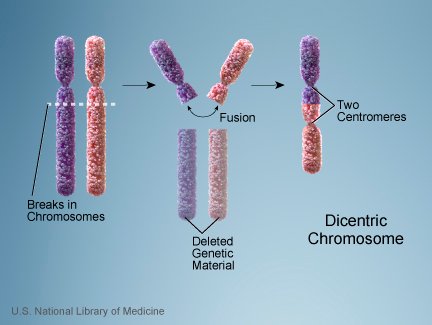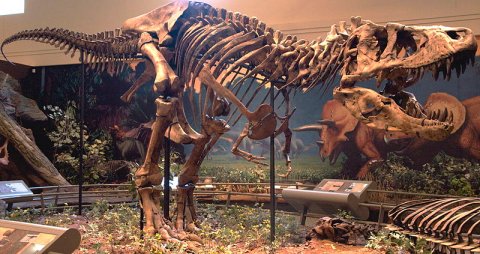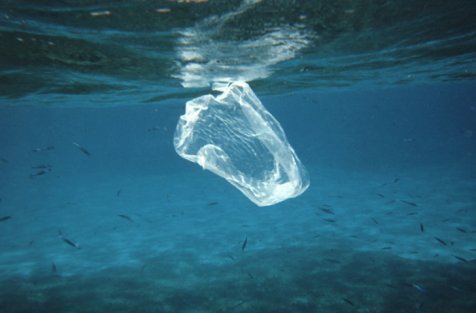
(public domain image - click for higher resolution)
The picture you see above is an iconic image in science. Does it look a bit odd to you? That’s probably because it’s usually rotated 90 degrees when it is shown in most resources. After all, it is a picture of the earth rising over the horizon of the moon. Shouldn’t the moon’s surface be at the bottom of the photo, with the earth at the top? It should be if it were taken from the surface of the moon, but it wasn’t. It was taken from a spacecraft that was orbiting the moon. The photographer was in the spacecraft, so he didn’t see it from the same perspective as he would have had he been standing on the moon.
While I have seen this photograph many times and have even put it in a textbook, I got to appreciate it in a whole new way thanks to a team at NASA. By correlating an automatic camera that was taking pictures of the moon’s surface while the spacecraft was making its orbit back in 1968 with data from the modern Lunar Reconnaissance Orbiter, they were able to determine exactly when the picture was taken and where the spacecraft was at the time. They then made an animation in which the events were correlated to the audio taken during the December 24, 1968 orbit. The result (shown below) is an exciting re-creation of how this iconic image was captured.
As you watch the video, note how it demonstrates that this iconic photo is not the result of careful planning. Instead, the spacecraft just happened to be making a maneuver at the right time, and the astronauts quickly understood what an amazing photo-op they had. It’s especially exciting when the astronauts are afraid they missed taking a color version of the picture because they couldn’t find the color film quickly enough!









